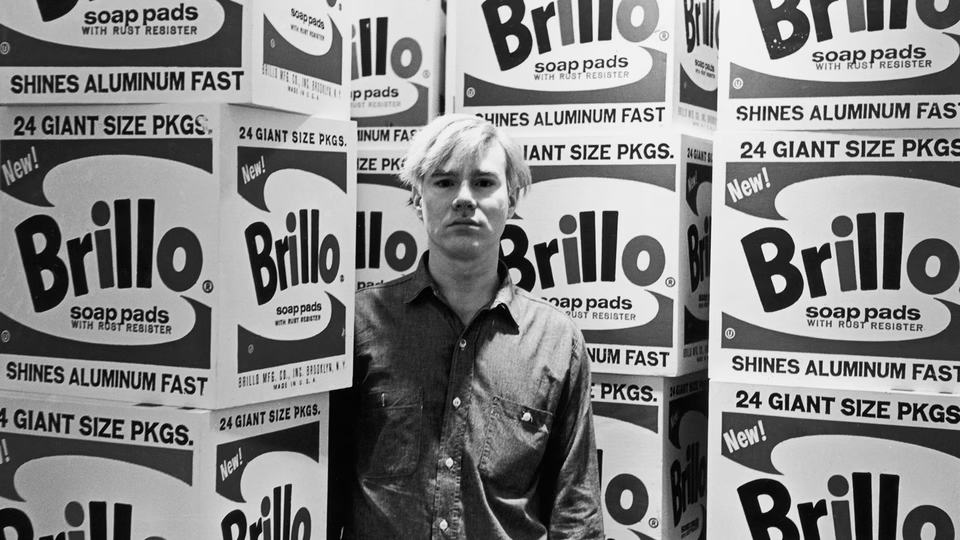― Andy Warhol

Immortality Through Creation: A Deep Dive into Warhol’s Maxim
“The idea is not to live forever, it is to create something that will.” This statement, coined by the iconic pop artist Andy Warhol, encapsulates a profound philosophical and artistic stance. It is a challenge to the human preoccupation with longevity, suggesting that true immortality is not measured in years but in the enduring impact of one’s creations.
The content below was originally paywalled.
The Ephemeral Nature of Existence
Warhol, as a product of the rapidly changing, consumer-driven 20th century, was acutely aware of the ephemeral nature of human existence. The rise of mass media, the cult of celebrity, and the relentless march of progress all conspired to create a world where individuals were increasingly disposable. Yet, amidst this cultural flux, he identified a counterpoint: the enduring power of creation.
Art, for Warhol, was not merely a personal expression but a potent tool for transcending time. His works, particularly his iconic portraits of Marilyn Monroe and Campbell’s Soup cans, have become cultural touchstones, recognized and interpreted by generations far removed from their creation. These works have achieved a kind of immortality, a testament to Warhol’s belief in the power of art to outlive its creator.
The Legacy of the Artist
But Warhol’s assertion extends beyond the realm of art. It can be applied to any field of human endeavor. Scientists, inventors, writers, and philosophers all strive to create something that will endure beyond their own lifetimes. A groundbreaking theory, a revolutionary product, a timeless novel, or a profound philosophical concept can all be considered forms of immortality.
Such creations not only outlive their creators but also shape the world that comes after. They inspire future generations, challenge existing paradigms, and contribute to the ongoing evolution of human thought and culture. In this sense, the legacy of a creator can be far more profound and enduring than any biological lifespan.
The Role of Consumerism and Mass Culture
It is essential to consider Warhol’s context when interpreting this statement. As a leading figure in Pop Art, he was deeply invested in exploring the relationship between art, commerce, and popular culture. His works often blurred the lines between high and low culture, challenging traditional notions of artistic value.
In this context, Warhol’s idea of creating something that will last can be interpreted as a commentary on the power of mass culture to shape our world. By transforming everyday objects and icons into art, he demonstrated how consumer culture could be elevated to the status of high art. In doing so, he created a legacy that continues to resonate with audiences today, proving the enduring power of popular culture.

The Individual and the Collective
Ultimately, Warhol’s maxim invites us to consider the relationship between the individual and the collective. While the desire for personal immortality is deeply rooted in human psychology, the reality is that our impact on the world is often mediated through our contributions to the collective consciousness.
By creating something of lasting value, we become part of a larger story, a shared human narrative. Our work lives on, even after we are gone, shaping the world in ways we may never fully comprehend. In this sense, immortality is not about ego or self-preservation but about leaving a positive mark on the world.
Warhol’s statement is a powerful reminder that our lives have the potential to extend far beyond our physical existence. By focusing on creating something meaningful and enduring, we can achieve a form of immortality that is far more fulfilling than mere longevity.
Leave a Reply